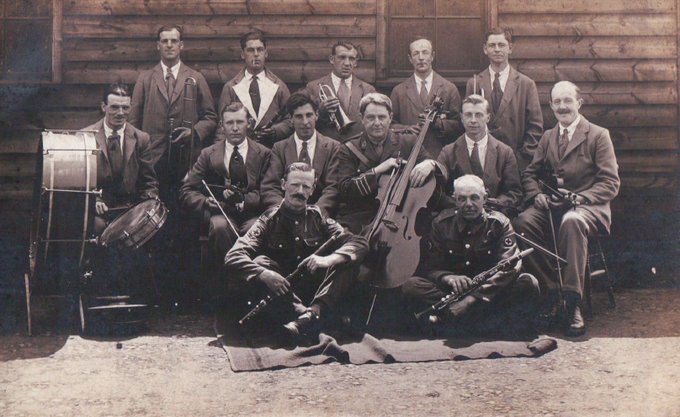WMT #5: Splendid Isolation?
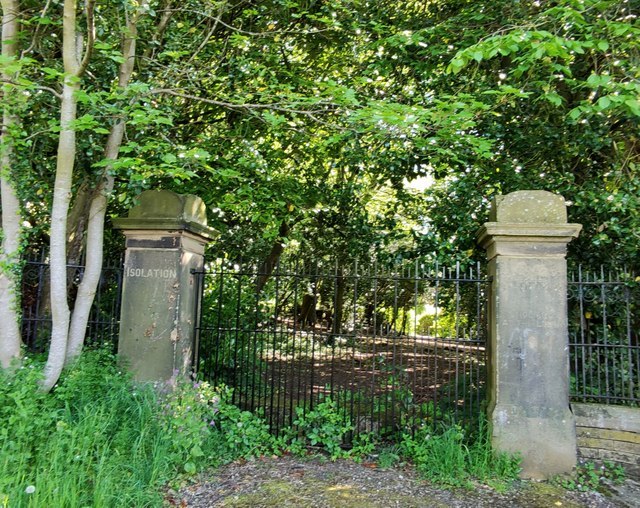
The 5th cache of the series, a camo-taped preform tube, is hidden near an old pair of entrance gates which accessed a former special hospital called inter alia the Keighley and Bingley Joint Isolation Hospital. The difficulty rating reflects the stealth mode which will need to be used to carry out your operations . . .
***Please watch out for muggles on this busy route***
Founded in 1896, its name changing with function and administration, it has also variously been called: Morton Banks Fever Hospital (1896-1916), Keighley War Hospital (1916-1918), Keighley Infectious Diseases Hospital (1918-?), Morton Banks Pre-Convalescent Unit (?-1948), Morton Banks Hospital (1948-1972).

Built in 1896 on 'a most eligible site' as a joint development by Keighley and Bingley councils, Morton Banks with an initial 20 beds was a modern, state-of-the-art, isolation hospital. The building was one of only 28 designated isolation hospitals in the provinces and was erected on unused land belonging to East Riddlesden Hall.
It was set in a beautiful location on the lower slopes of Rombalds Moor, on the left bank of the River Aire, with open verandas, where patients were able to enjoy the fresh air.

Its catchment area covered Keighley and Bingley and, if space allowed, beds were also made available for cases coming from further afield. Having opened its doors in February 1897, by the end of its 1st year it had treated 131 patients with infectious diseases, including 2 of the nurses, one of whom had caught scarlet fever and the other typhoid fever.
Another 240 were admitted in 1898, including 67 with diphtheria. That year a further smallpox hospital was built a little higher up the hillside @ N 53 52.790 W 1 52.333 (see also map).
In 1899 Keighley suffered a major outbreak of scarlet fever and, during the course of that year, Morton Banks admitted a total of 414 patients, of which 309 were cases of scarlet fever.
Nevertheless, they did find room for 26 cases of typhoid from the Skipton Rural District area – and at least 20 of these were admitted from the Kildwick outbreak between 15 January and 18 March (it is possible that more were admitted subsequently). But it wasn’t enough, and at various times during the epidemic, some patients from Kildwick and the surrounding area were refused admission due to a lack of capacity.
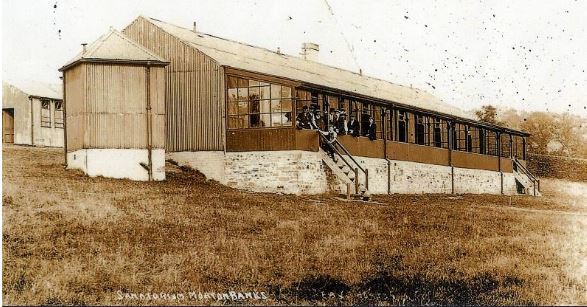
The Sanatorium pavilion (see photo) is shown in the hospital’s earlier years but it remained no less essential as the 20th century progressed. In 1938 there were 415 admissions, with diphtheria accounting for 286. Demands were to eventually drive up the number of beds to 746.
Mrs Shirley Shackleton, of Cross Roads, has described her experience of scarlet fever as a 4-year-old in 1939 in an interview with the local press. She was on holiday at Scarborough when her father noticed that 'all the skin was peeling off her hands' and realised that she had caught scarlet fever from a Haworth boy who had played out while suffering from a mild form of it.
The authorities had to be notified and the house fumigated. A Scarborough ambulance took her halfway to Keighley, where she was met by and transferred to the Morton Banks ambulance.
There she spent 6 weeks in a high iron cot [presumably an adult bed with high metal sides - preventing the patient from leaving the bed]. Her parents were only allowed to wave at her through the window once a week. She got home the day after war was declared.
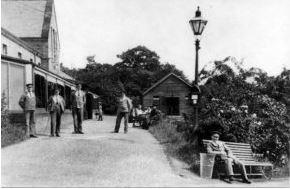
From 1916-1919, having been offered to the War Office by the hospital board for the accommodation and treatment of sick and wounded soldiers. It became the Keighley War Hospital. Some 13,214 servicemen were treated here and at its auxiliaries at Victoria Hospital, the Fell Lane Infirmary, Spencer Street Congregational Sunday Schools, and in Skipton.
The central War Hospital was housed within the then-named Keighley and Bingley Fever Hospital, which was enlarged to accommodate 746 beds, many in temporary asbestos and wood structures. J and K Wards held respectively 156 and 158 beds.
Local doctors and surgeons were given officer rank in the Royal Army Medical Corps and the Keighley public provided both practical and financial support.
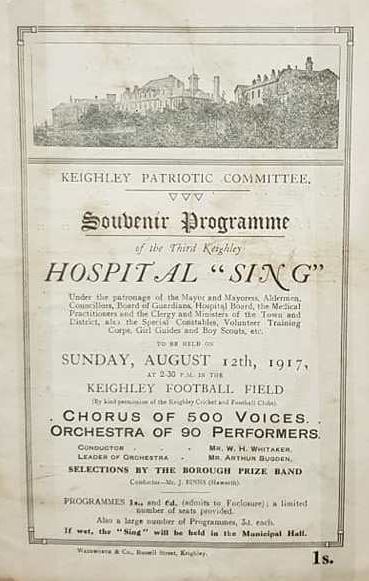
Most wounded soldiers (10,235) arrived from overseas convoys into Keighley by train, with a total of 73 ambulance trains pulling into Keighley Railway Station, many during the night. From there the men would travel by foot or private cars which had been converted into ambulances. On exiting the trains and making their way up the station slope to the hospital, each new arrival would receive a kindly greeting and a packet of Golden Flake tobacco.
During its existence as a war hospital, there were 114 deaths, including 42 German prisoners-of-war in the great influenza epidemic at the end of the war.
With advances being made then in the treatment of tetanus, gas poisoning and gangrene, the Keighley War Hospital was visited by American surgeons studying developments in military surgery.

Surgeon-General Bedford reflecting on the soldiers’ situation and the hospital’s location said: 'they knew that to some it would be the valley of the shadow of death, but to some it would be the valley of hope and healing'.
On 3 June 1919 the final patients were transferred to Huddersfield and the War Hospital closed its doors.
See here for more info on the War Hospital.
Information on the 50+ years history of Morton Banks between 1919 and its eventual closure in 1972 has not been found on the web.
